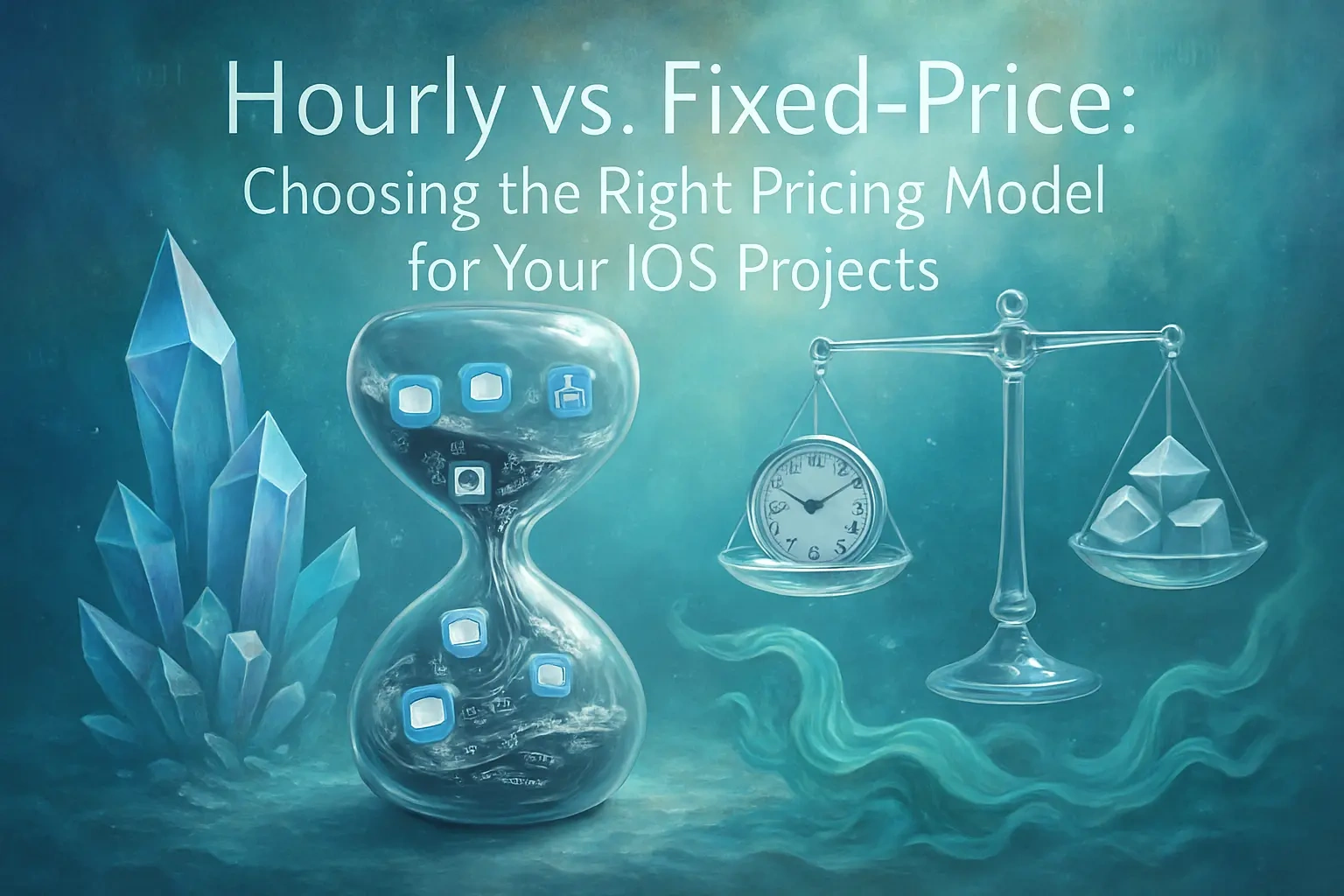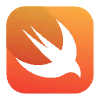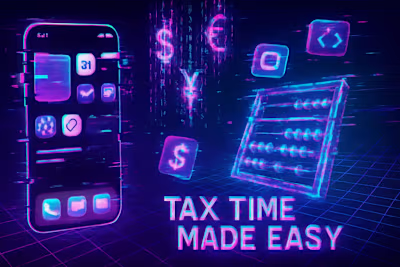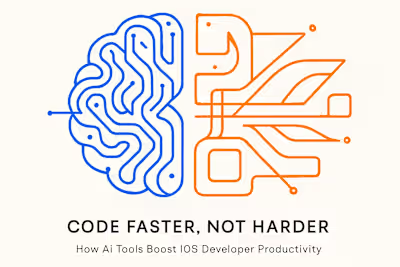Hourly vs. Fixed-Price: Choosing the Right Pricing Model for Your iOS Projects

Hourly vs. Fixed-Price: Choosing the Right Pricing Model for Your iOS Projects
The Hourly Rate Model: Pros and Cons
Pro: Flexibility and Adaptability
Pro: Guaranteed Compensation for All Work
Con: Client Budget Uncertainty
Con: Incentivizes Slower Work?
The Fixed-Price Model: Pros and Cons
Pro: Budget Predictability for the Client
Pro: Focus on Efficiency and Results
Con: Risk of Scope Creep
Con: Inflexibility for Changes
When to Use Each Model: Project-Based Scenarios
Choose Hourly For: Long-Term & Ambiguous Projects
Choose Fixed-Price For: Well-Defined & Short-Term Projects
Hybrid Approaches: The Best of Both Worlds
Fixed-Price with Milestones
Hourly with a Cap
Retainer Agreements
Making Your Choice: A Strategic Decision
References
Hourly vs. Fixed-Price: Choosing the Right Pricing Model for Your iOS Projects
The Hourly Rate Model: Pros and Cons
Pro: Flexibility and Adaptability
Pro: Guaranteed Compensation for All Work
Con: Client Budget Uncertainty
Con: Incentivizes Slower Work?
The Fixed-Price Model: Pros and Cons
Pro: Budget Predictability for the Client
Pro: Focus on Efficiency and Results
Con: Risk of Scope Creep
Con: Inflexibility for Changes
When to Use Each Model: Project-Based Scenarios
Choose Hourly For: Long-Term & Ambiguous Projects
Choose Fixed-Price For: Well-Defined & Short-Term Projects
Hybrid Approaches: The Best of Both Worlds
Fixed-Price with Milestones
Hourly with a Cap
Retainer Agreements
Making Your Choice: A Strategic Decision
References
Posted Jul 6, 2025
Deciding between hourly and fixed-price billing? Learn the pros and cons of each model and discover which is best for your freelance iOS development projects to ensure fair pay and client satisfaction.










